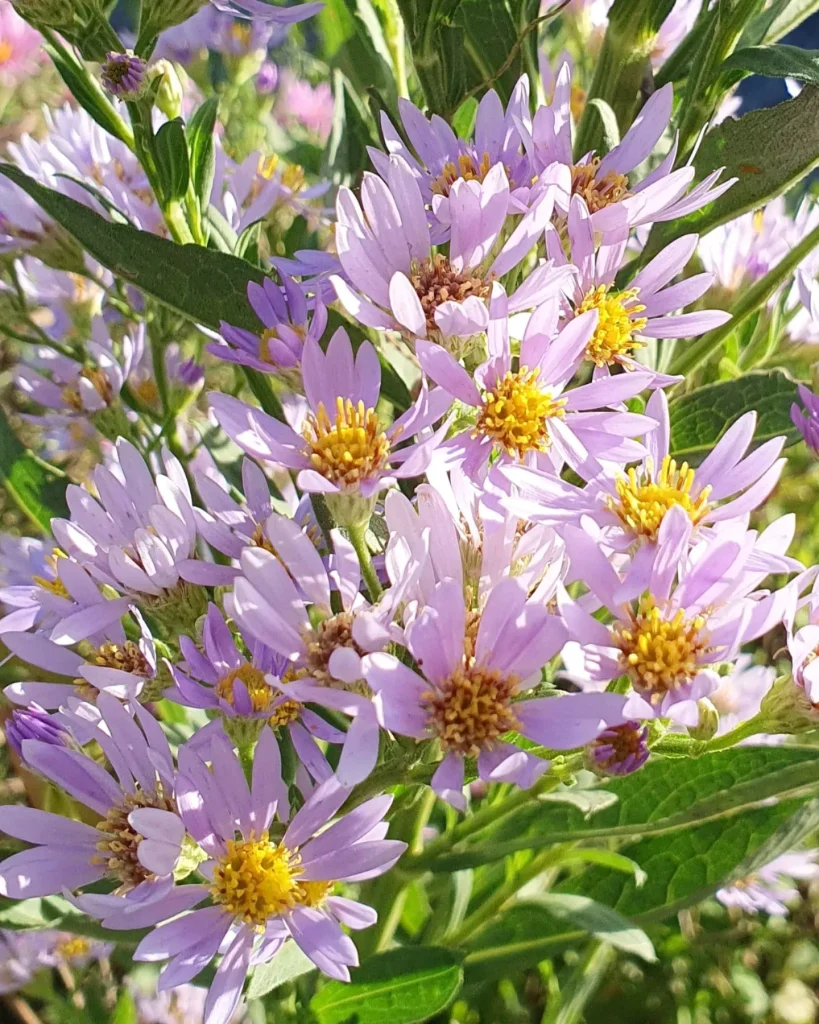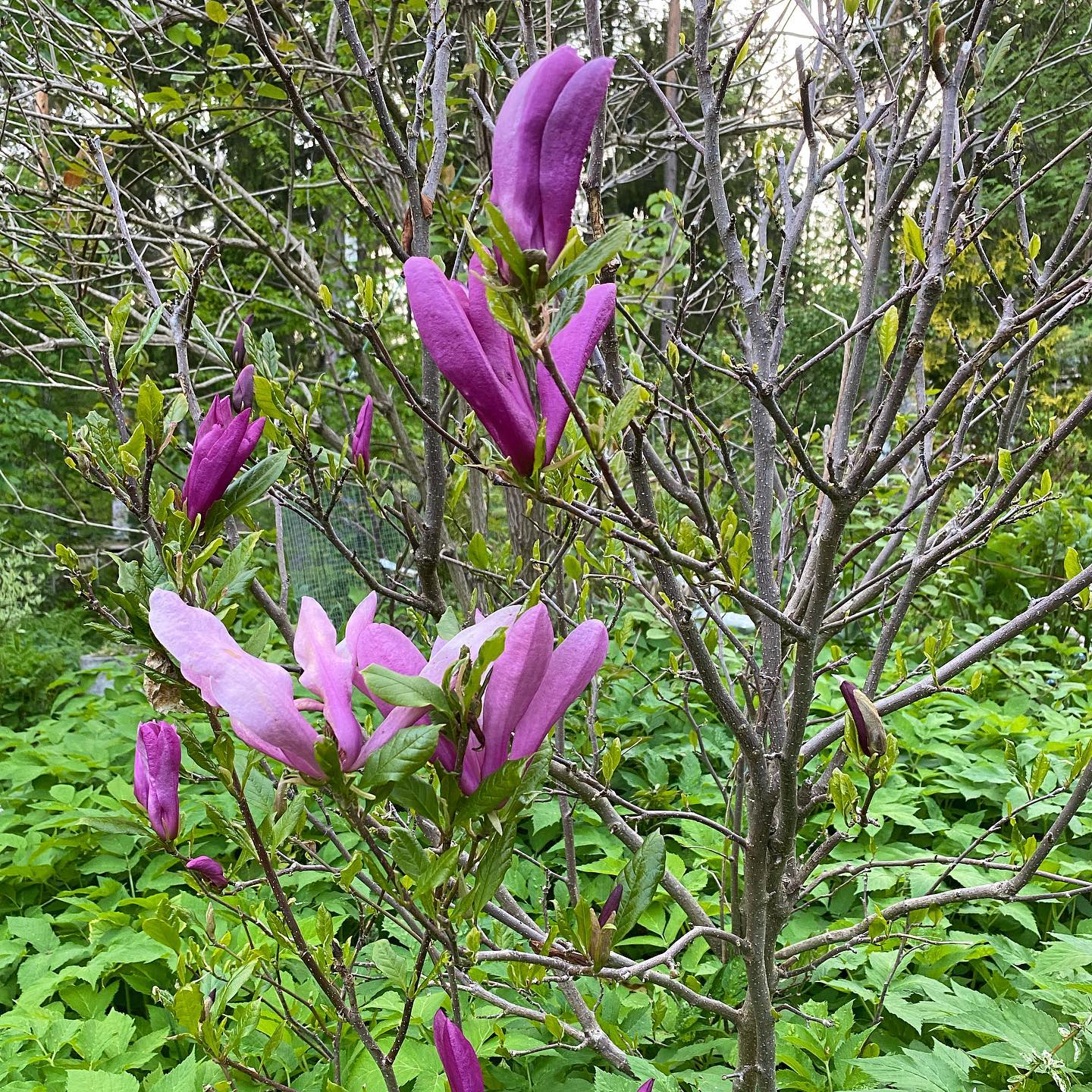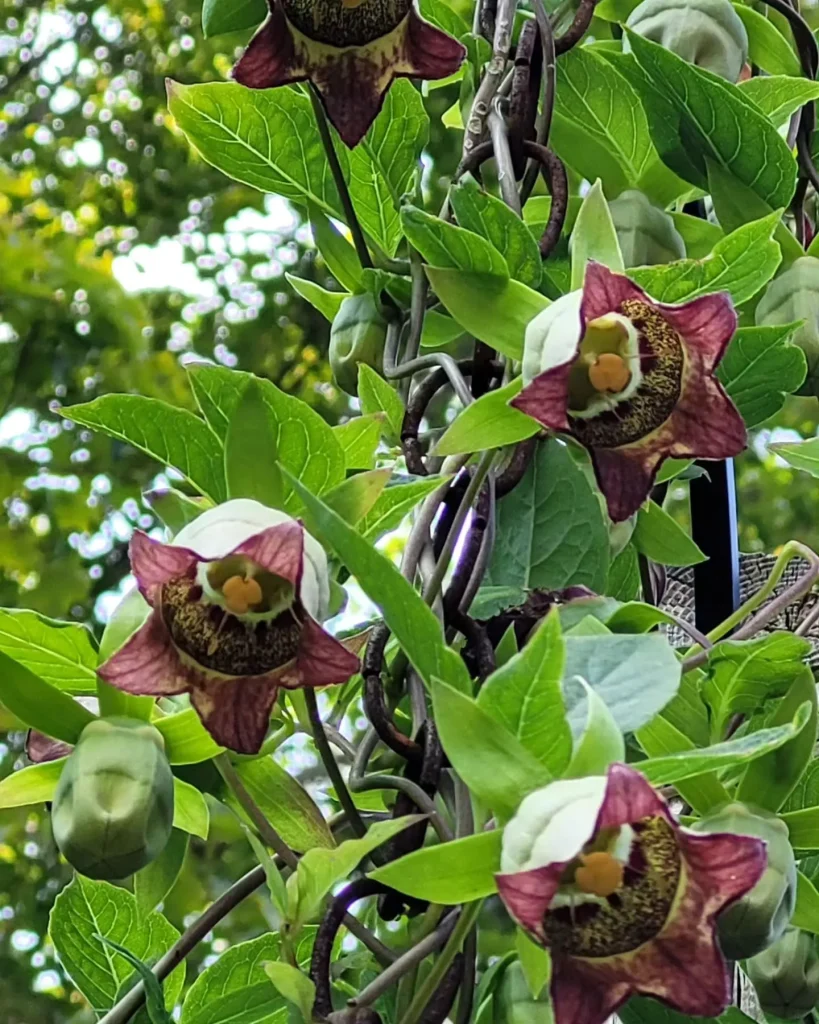The Tamarisk Tree: A Resilient Beauty
My name is Ferb Vu, and I’ve always been drawn to the tamarisk tree, a fascinating genus of plants known for their resilience and delicate beauty. These shrubs and trees, belonging to the Tamarix genus from Tamaricaceae family, thrive in some of the harshest environments on Earth, from arid deserts to salty coastal regions. Their ability to withstand drought, salinity, and even salt spray is a testament to their remarkable adaptability.
I remember the first time I encountered a tamarisk. I was on a trip to the Mediterranean coast, exploring the sun-drenched landscapes of Southern France. There, amidst the dunes and the salty air, stood a cluster of these graceful trees, their feathery foliage swaying gently in the breeze. The sight was mesmerizing. The way they thrived in such a challenging environment, their branches laden with delicate pink blossoms, captivated me.
Since then, I’ve made it a point to learn more about these incredible plants. I’ve discovered that the Tamarix genus encompasses a diverse group, with over 70 species spread across drier regions of Eurasia and Africa.
A Diverse Genus
- Tamarix africana Poir.
- Tamarix alii Qaiser
- Tamarix amplexicaulis Ehrenb.
- Tamarix androssowii Litv.
- Tamarix aphylla (L.) H.Karst.
- Tamarix aralensis Bunge
- Tamarix arborea (Sieber ex Ehrenb.) Bunge
- Tamarix arceuthoides Bunge
- Tamarix aucheriana (Decne. ex Walp.) B.R.Baum
- Tamarix austromongolica Nakai
- Tamarix baluchistanica Qaiser
- Tamarix boveana Bunge
- Tamarix brachystachys Bunge
- Tamarix canariensis Willd.
- Tamarix chinensis Lour.
- Tamarix dalmatica B.R.Baum
- Tamarix dioica Roxb. ex Roth
- Tamarix dubia Bunge
- Tamarix duezenlii Çakan & Ziel.
- Tamarix elongata Ledeb.
- Tamarix ericoides Rottler & Willd.
- Tamarix florida Bunge
- Tamarix gallica L.
- Tamarix gansuensis H.Z.Zhang ex P.Y.Zhang & M.T.Liu
- Tamarix gennessarensis Zohary
- Tamarix gracilis Willd.
- Tamarix hampeana Boiss. & Heldr.
- Tamarix hispida Willd.
- Tamarix hohenackeri Bunge
- Tamarix humboldtiana Akhani, Borsch & N.Samadi
- Tamarix indica Willd.
- Tamarix jintaensis P.Y.Zhang & M.T.Liu
- Tamarix jordanis Boiss.
- Tamarix karelinii Bunge
- Tamarix kasahorum Gorschk.
- Tamarix kermanensis B.R.Baum
- Tamarix komarovii Gorschk.
- Tamarix korolkowii Regel & Schmalh.
- Tamarix kotschyi Bunge
- Tamarix kutchensis B.V.Shetty & R.P.Pandey
- Tamarix laxa Willd.
- Tamarix leptopetala Bunge
- Tamarix leptostachya Bunge
- Tamarix litwinowii Gorschk.
- Tamarix macrocarpa (Ehrenb.) Bunge
- Tamarix mascatensis Bunge
- Tamarix meyeri Boiss.
- Tamarix minoa J.L.Villar, Turland, Juan, Gaskin, M.A.Alonso & M.B.Crespo
- Tamarix mongolica Nied.
- Tamarix negevensis Zohary
- Tamarix nilotica (Ehrenb.) Bunge
- Tamarix octandra Bunge
- Tamarix pakistanica Qaiser
- Tamarix palaestina Bertol.
- Tamarix parviflora DC.
- Tamarix passerinoides Delile ex Decne.
- Tamarix pycnocarpa DC.
- Tamarix ramosissima Ledeb.
- Tamarix rosea Bunge
- Tamarix sachensis P.Y.Zhang & M.T.Liu
- Tamarix salina Dyer
- Tamarix sarenensis Qaiser
- Tamarix senegalensis DC.
- Tamarix smyrnensis Bunge
- Tamarix stricta Boiss.
- Tamarix sultanii Qaiser
- Tamarix szovitsiana Bunge
- Tamarix taklamakanensis M.T.Liu
- Tamarix tarimensis P.Y.Zhang & M.T.Liu
- Tamarix tenuissima Nakai
- Tamarix tetragyna Ehrenb.
- Tamarix tetrandra Pall. ex M.Bieb.
- Tamarix usneoides E.Mey. ex Bunge
- Tamarix × verae J.L.Villar, M.Á.Alonso & M.B.Crespo
More Than Just a Pretty Face
Beyond their aesthetic appeal, tamarisks have played a significant role in human societies for centuries. Their wood has been used for fuel and construction, their bark for tanning, and their leaves and galls for medicinal purposes. In some cultures, tamarisks hold cultural and religious significance.
However, the story of the tamarisk is not without its complexities. Some species, particularly Tamarix ramosissima, have become invasive in certain parts of the world, particularly in the western United States. Their ability to outcompete native vegetation and alter water tables has raised concerns.
Despite these challenges, I believe the tamarisk tree deserves our appreciation. It’s a symbol of resilience, adaptability, and beauty in the face of adversity. As I continue to learn more about these fascinating plants, I’m constantly reminded of the intricate connections between humans and the natural world. Whether admired for their ornamental value, utilized for their practical uses, or studied for their ecological impact, tamarisks offer a valuable lesson in the complexity and interconnectedness of life on Earth.
If i die, water my plants!



